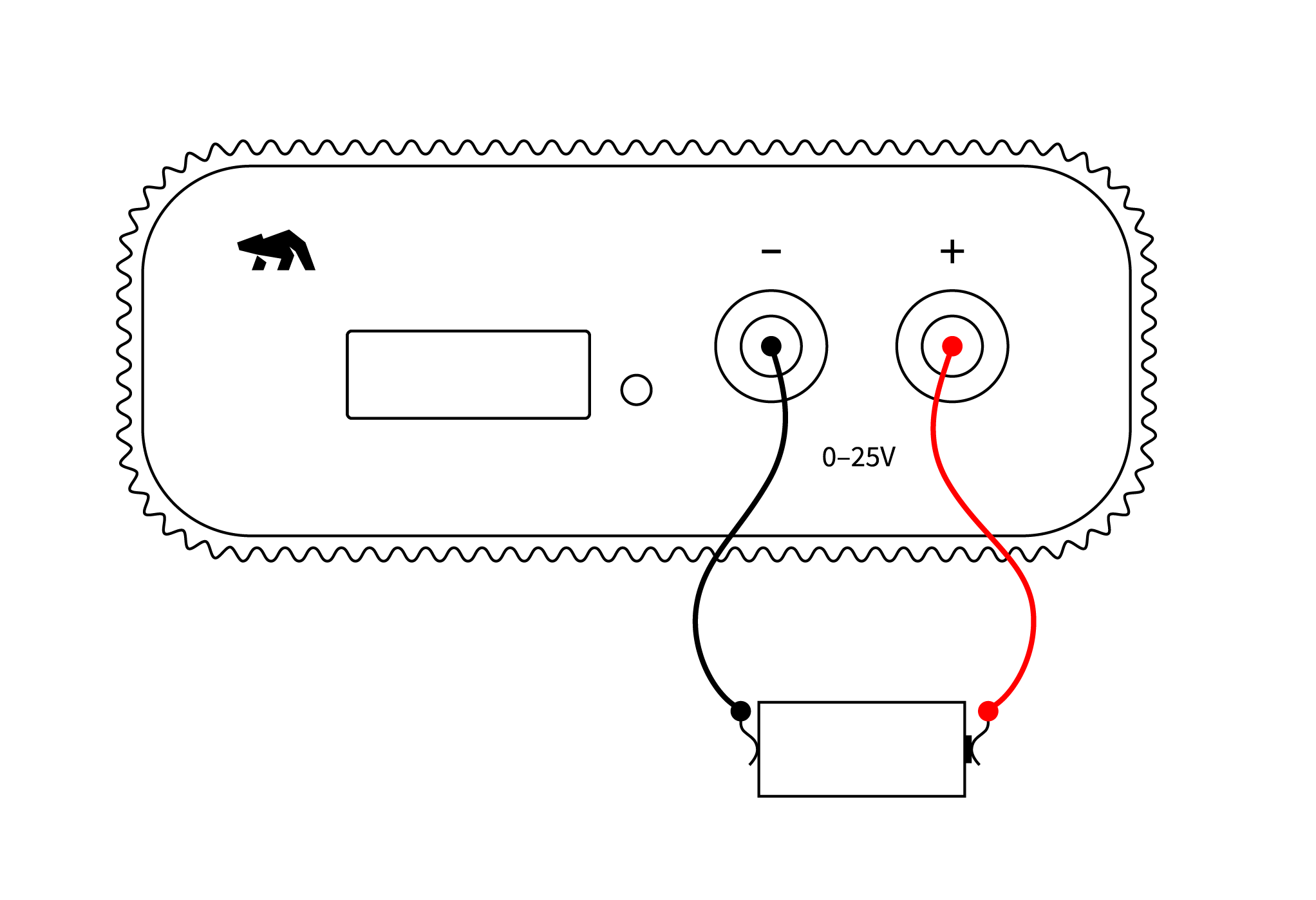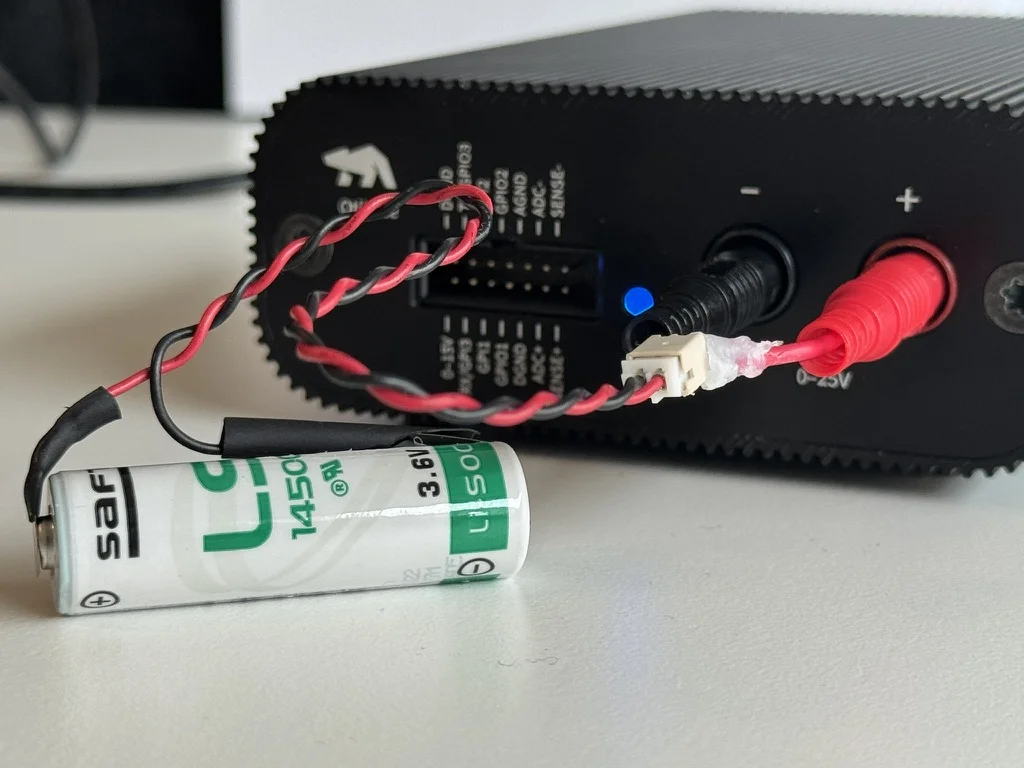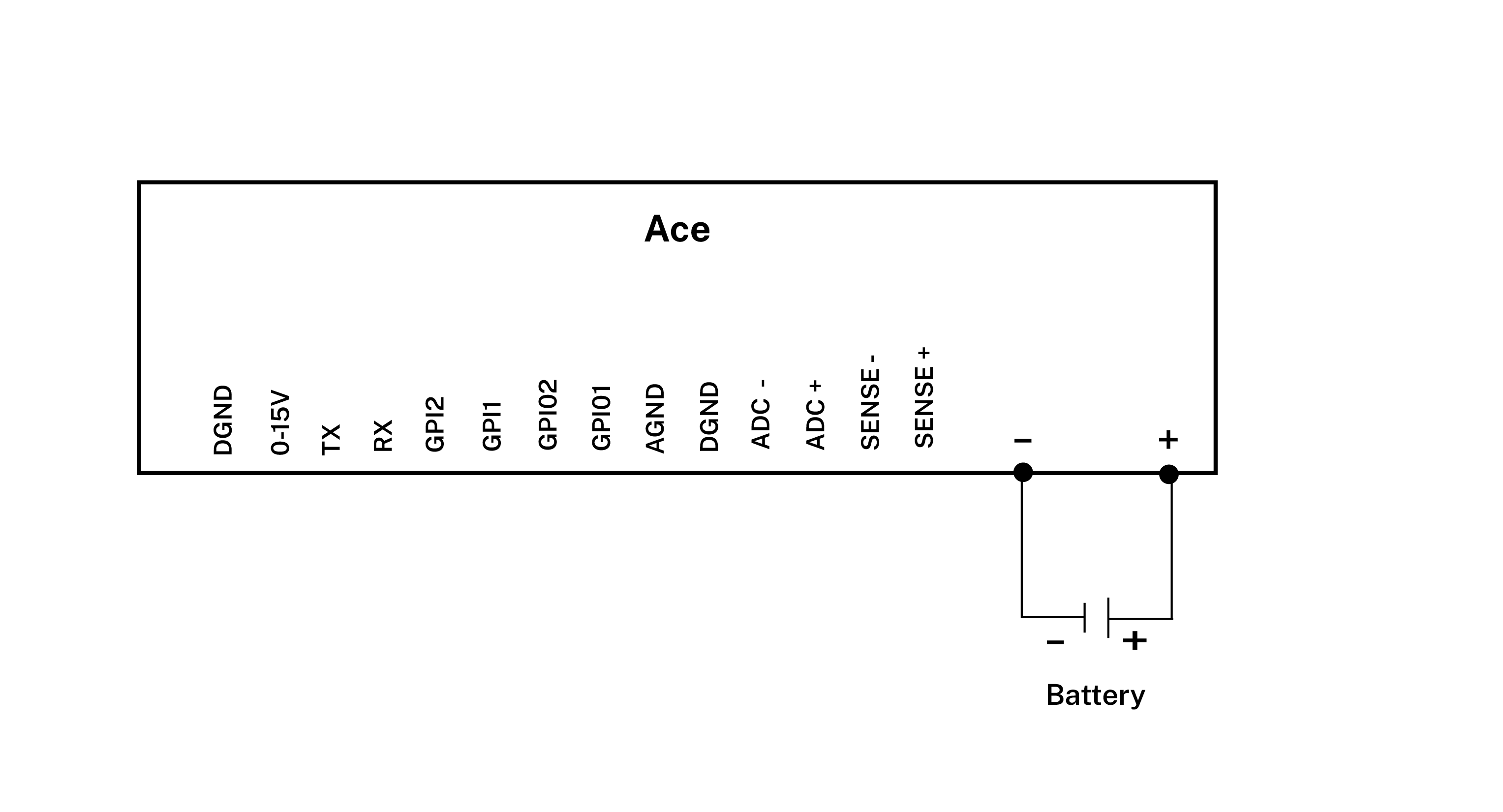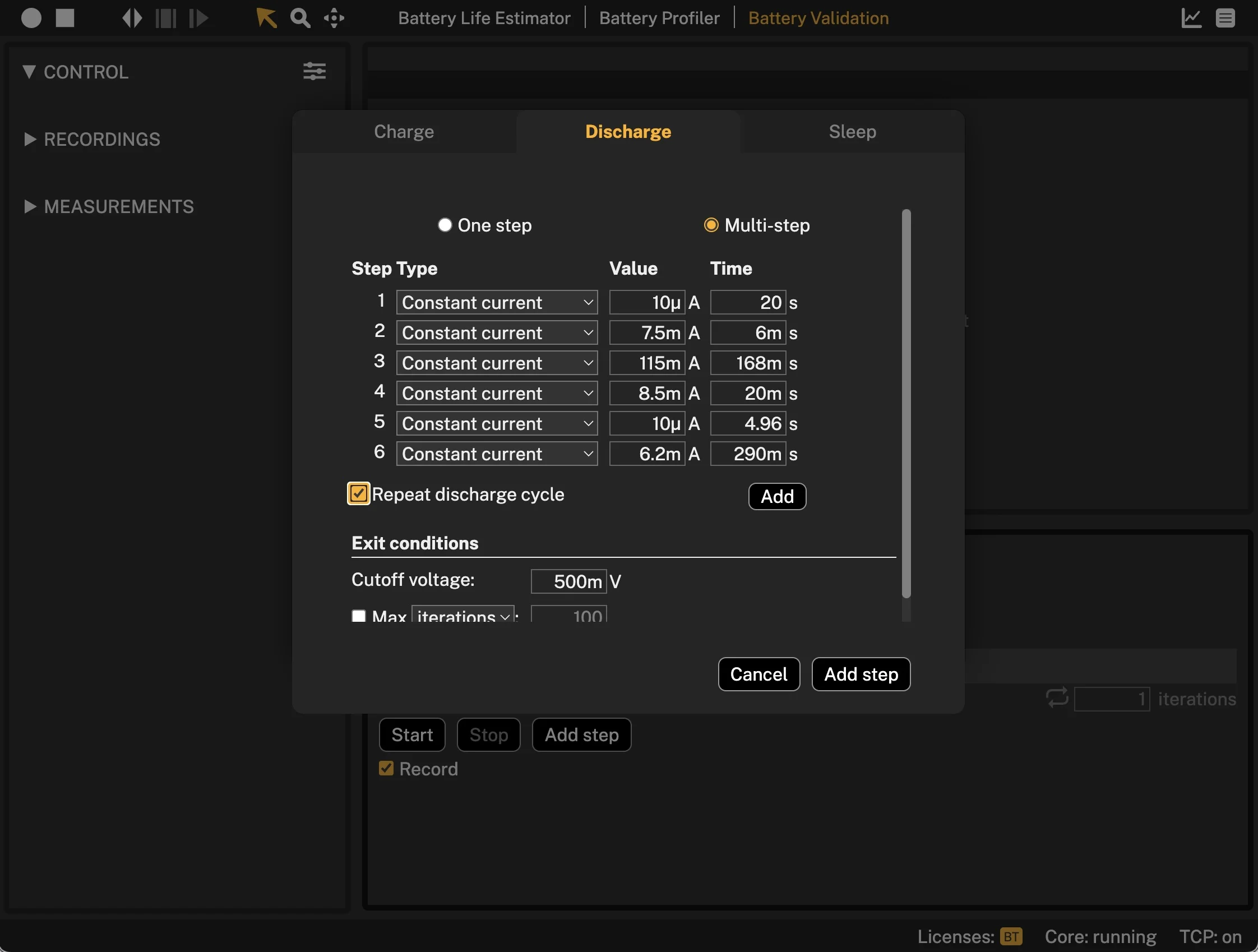Evaluation of battery passivation
Evaluation of lithium-based primary battery passivation
LiSOCl₂ batteries (Lithium Thionyl Chloride) undergo a chemical process that increases their internal resistance when the battery or device is in sleep mode—if the current is low enough. A thin film, primarily composed of lithium chloride (LiCl), forms on the lithium anode as a byproduct of this process. This phenomenon is known as passivation.
Passivation isn’t entirely negative; in fact, it enables long-term storage of the battery due to its extremely low self-discharge rate.
When a device switches to active mode, such as powering a radio, the initial elevated internal resistance causes a greater voltage drop. During the rest of the pulse, the passivation layer breaks down, and resistance returns to normal.
This setup, utilizing Otii Ace and Otii Battery Toolbox, measures and visualizes the passivation effects to help understand and prevent premature device resets, thereby resulting in longer battery life.

Products needed

How to connect
- Connect Ace to your computer using a USB cable.
- Connect Ace’s banana connector + to the positive terminal of the battery.
- Connect Ace’s banana connector to the negative terminal of the battery.

Get started in the Otii application
- Add Ace under Control in the sidebar. Rename it if desired (right click).
- Under ‘Channels’ enable main current, main voltage and main power channels.
- Set sample rate to 50000 sps (Note! It will require a lot of storage, so this is optional). If a lower sample rate is set, you will not be able to see the shortest, lowest voltage drop.
- Select Battery Validation.
- Add steps according to how your device draws current under ‘Discharge’.
- Start with the sleep/rest current. Click to repeat the cycle.
- Click to select the Ace under ‘Devices‘.
- Click to select the recording.
- Press Start.

Tips & tricks
 During the sleep/rest period, the battery will start to passivate. The effect will be seen when the active period starts. The more passivated the battery is, the deeper the voltage drop will be. The passivation layer disappears when current flows, resulting in a voltage increase.
During the sleep/rest period, the battery will start to passivate. The effect will be seen when the active period starts. The more passivated the battery is, the deeper the voltage drop will be. The passivation layer disappears when current flows, resulting in a voltage increase. Use different lengths of sleep time (10 minutes, 1 hour, 6 hours, 12 hours, 24 hours) to see how much difference it makes.
Use different lengths of sleep time (10 minutes, 1 hour, 6 hours, 12 hours, 24 hours) to see how much difference it makes. Use batteries with different State of Charge and test at various temperatures.
Use batteries with different State of Charge and test at various temperatures. The level of passivation depends on the duration of rest, temperature, and the state of charge of the battery.
The level of passivation depends on the duration of rest, temperature, and the state of charge of the battery.